How to make an Indie Dance track
From MGMT to Todd Terje, Soul Clap to The Knife, Indie Dance is a broad term used to describe a kind of Dance music that doesn’t quite fit into pre-existing genres but captures the imagination and straddles the line between live band and DJ/Producer.
Let’s take a look at how you can create an authentic dance track in Captain Chords 2.0, starting with nothing other than a vocal sample.
Check out the video below
It’s a step-by-step guide to creating a brand new, original Indie Dance track from scratch using Captain Plugins.
Accumulate an acapella
First things first, we’ll need an acapella or vocal sample to build the track around. The internet is full of places to find acapellas across a wide range of styles and genres. Here’s a few to get you started:
Note: Using copyrighted acapellas without legal permission may constitute a crime and Mixed in Key takes no responsibility for the content or usage of content within any of the above websites. Do so at your own risk.
One of the above resources – the Converse Sample Library sample library – is copyright and royalty-free, making it a fabulous resource for all manner of sounds and stems that you can use in your tracks without restriction. Within the library, the isolated vocals of This is It Band Ft. Freda Payne stood out. Raw, impassioned, upbeat and a little but funky, it has an ideal style and sound to apply to an Indie Dance track.
Write Chords Faster with Captain Chords
- Use Captain Plugins to write your own Chord Progressions, Hooks, Melodies and Basslines
- Export to your DAW
- Available on Mac and Windows.
Key to success
Now we have an acapella to build around, we need to establish what key it’s in. Mixed in Key is the obvious tool to use for this, which reveals that the vocals sample is in E Minor.
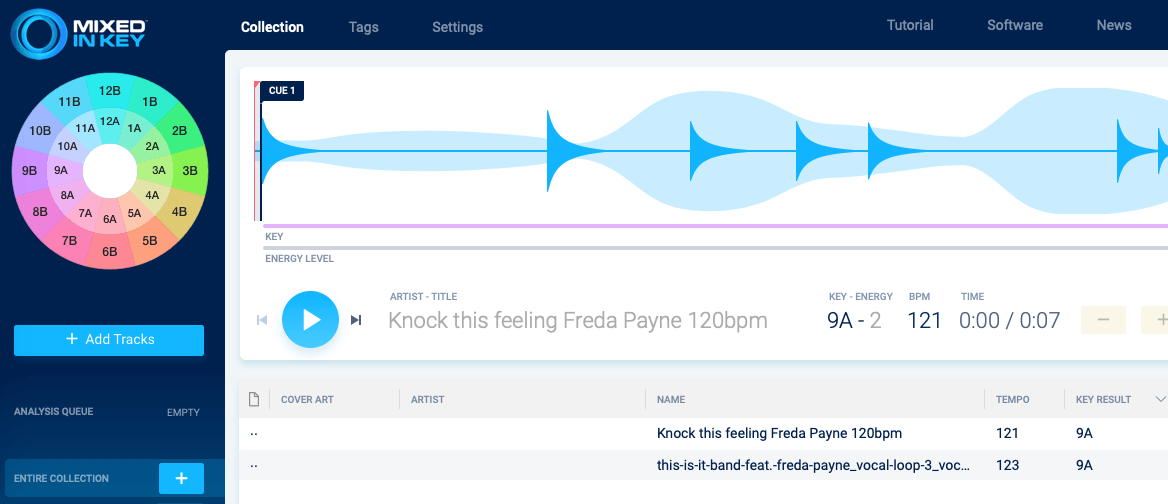
Big Beat
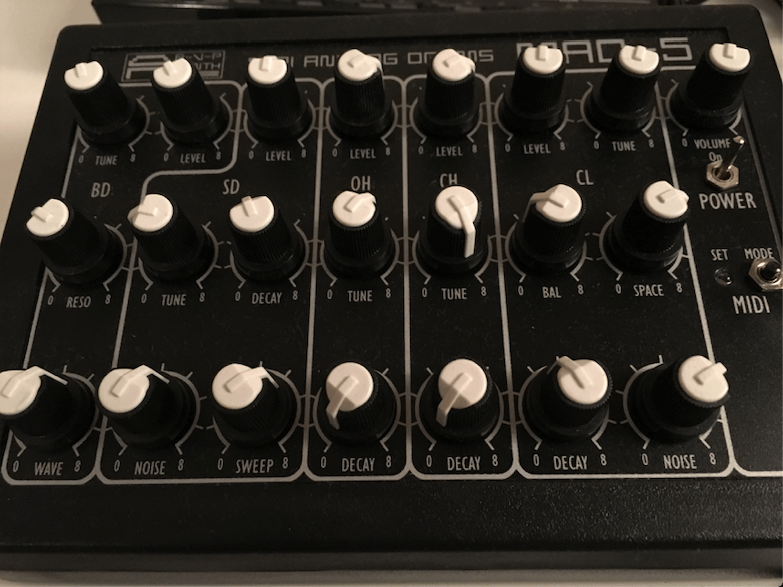
Some people like to get the chords and melody arranged before starting on percussion, while others find having a beat ready first gives them something to ‘hang’ their track on in the early stages of composition. In truth, there’s no right or wrong way, and you might find you do both depending on your mood or workflow at any given time. For this track, to give it an electronic feel, yet maintain a slightly ‘live’ feel, the drums were all taken from one analog drum machine ( AVP Synth’s MAD-5 , if you’re interested).
The advantage of taking all the drums from one source is it replicates a technique utilized by a live act with a drum machine, whereas most studio producers tend towards using multiple sound sources to create bigger, crisper drums.
Bigger isn’t always better, and this is one such example.
The pattern itself is relatively simple, a standard 4/4 kick with a regular hi-hat and snare pattern. It’s driving, repetitive and has a loose, unfussy energy. Perfect for building an Indie Dance track around.
Progression Session
We’ve got a beat, a vocal sample and we know what key it’s in. Time to call for Captain Chords. The engine-room of the Captain Plugins range, Captain Chords offers an innovative and intuitive method of chord pattern composition, which we’re going to use here.
Aye aye, Captain
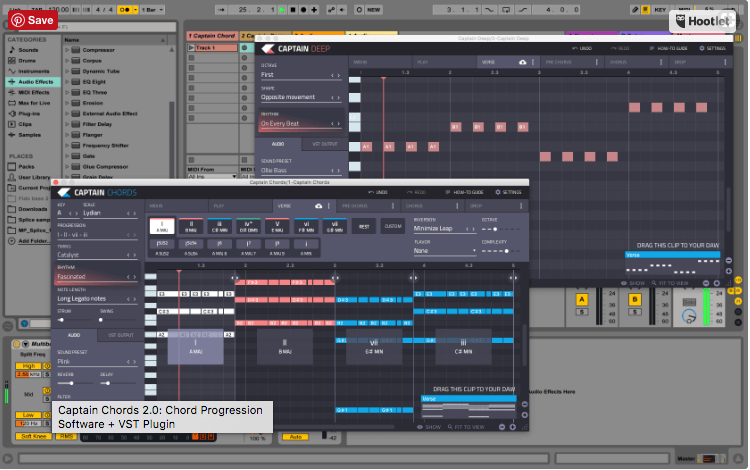
Fire up Captain Chords, select your root key and scale and you’ll see a piano-roll style grid, ready to be populated with your choice of chords.
One of the simplest choices to make is the first chord. It’s fairly rare for chord progressions to start on a different note than the root, so let’s not buck tradition here. E Minor takes its position at the start of the pattern. We can then audition different chords, and different flavors and voicings, on the fly and establish a chord sequence that feels just right.
With a huge range of preset rhythms, and the ability to drag and edit chord lengths and start points, there are loads of ways to affect and customize the rhythm of your pattern.
PRO TIP
As you audition different chords, regularly play the entire pattern back alongside the vocal sample to ensure the pattern and rhythm sounds great with and without the vocal.
For a genre like Indie Dance, there’s no need for overly jazzy, complex rhythms and flavors. The pattern should be fun, immediately engaging and catchy as hell. Sometimes sticking to a straight ‘four chords to four bars’ strategy is the best option. We need to make sure those chords match the vocal perfectly and have a great performance rhythm.
Having started on E Minor and auditioned several chord sequences, one seemed to match the vocals perfectly. You’ll notice in the video that adding complexity in the form of bass notes and a 7th note to the final A Minor chord really brings the pattern to life.
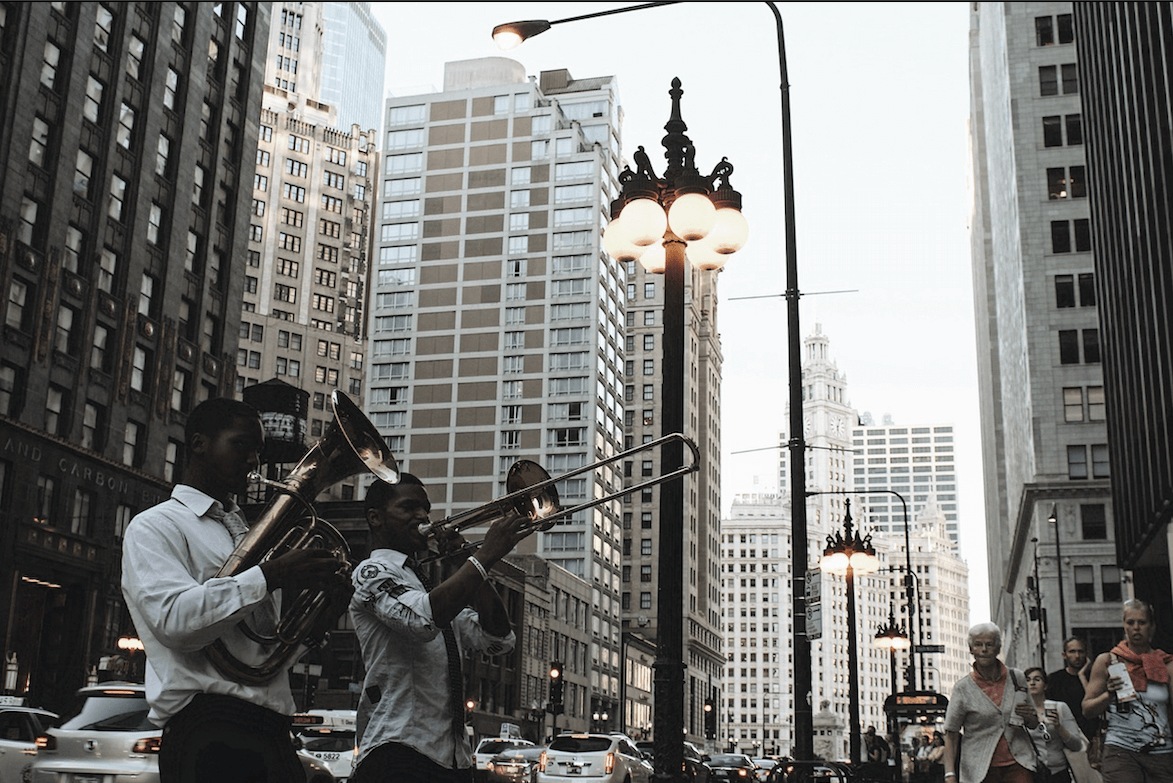
Em – Bm – Am – Am7 ( i – v – iv – iv7)
Note how this pattern is transcribed with both the chord names and their relative numerals. These numerals are useful to musicians because they can easily transpose a song to a different key and keep the structure of the sequence the same. You can view your patterns’ numeric value in the top-left of Captain Chords.
Strum and Swing
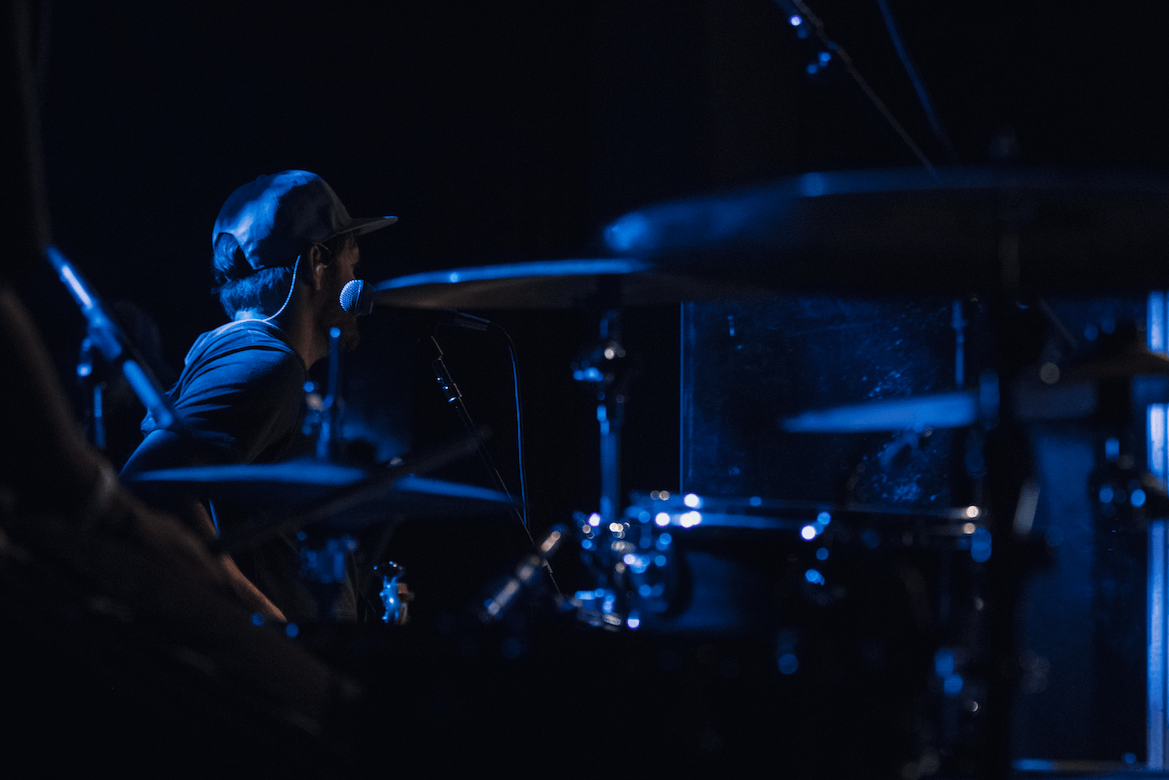
One of the most inspiring evolutions within the Captain Plugins series has been the addition of Strum, Space and Swing controls. These functions give your pattern much more of a human-like feel, which is a vital part of most Indie Dance music.
A guitarist can’t hit every string at the exact same time and creates a strum effect, which is what Strum recreates. Equally a pianist wouldn’t hit every note in their chord at the same time. These human-like effects really add life to your pattern.
Combining this Strum function with a little Swing on the 16th notes creates a super-realistic sounding chord progression.
Space Race
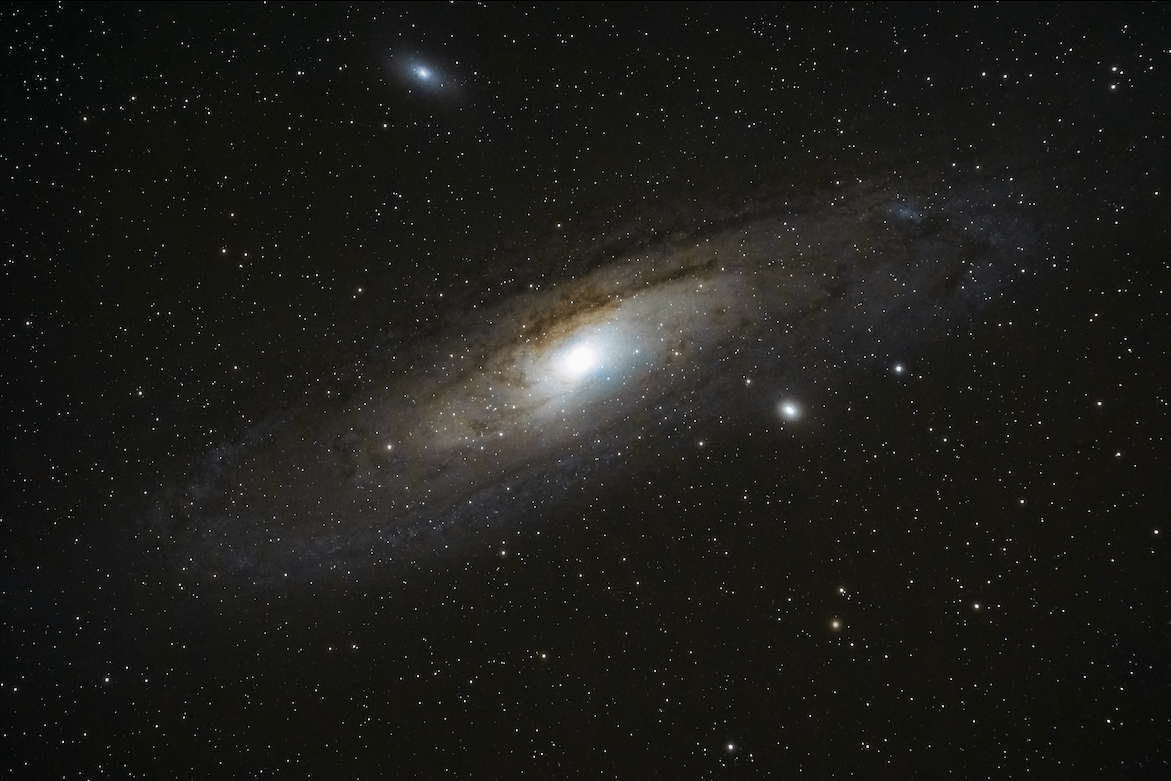
A special mention here for the Space feature. You’ll see how combining Space with one of the rhythm templates transforms the existing chord progression and gives it an entirely new, galvanized nature. It adds rocket fuel to your chord progression, and in this case allowed the creation of a bombastic, authentic sounding guitar riff!
A1 Arrangement
Captain Plugins has arrangement options that enable you to write multiple patterns for the same track and use them as Verse, Hook, Pre-Chorus or Drop. Using these windows, creating a flowing, evolving track is intuitive and fun.
PRO TIP
Save a simplified version of your Hook or Verse and try it in your Pre-Chorus, while copy/pasting your Verse to your Hook but lifting one or two chords by an octave can really add excitement.
With a Verse, Hook, and Pre-Chorus sitting pretty inside Captain Chords, there’s enough of building blocks to arrange the structure of the track inside the DAW. Dragging the MIDI files into the Captain channel strip lets you copy and paste at will to create a full-length verse, with a pre-chorus leading into the hook. Playback at this point and there’s a cohesive song in place. You can choose how often you want the vocal to play along with the track. It’s really a matter of personal taste.
Drop Goal
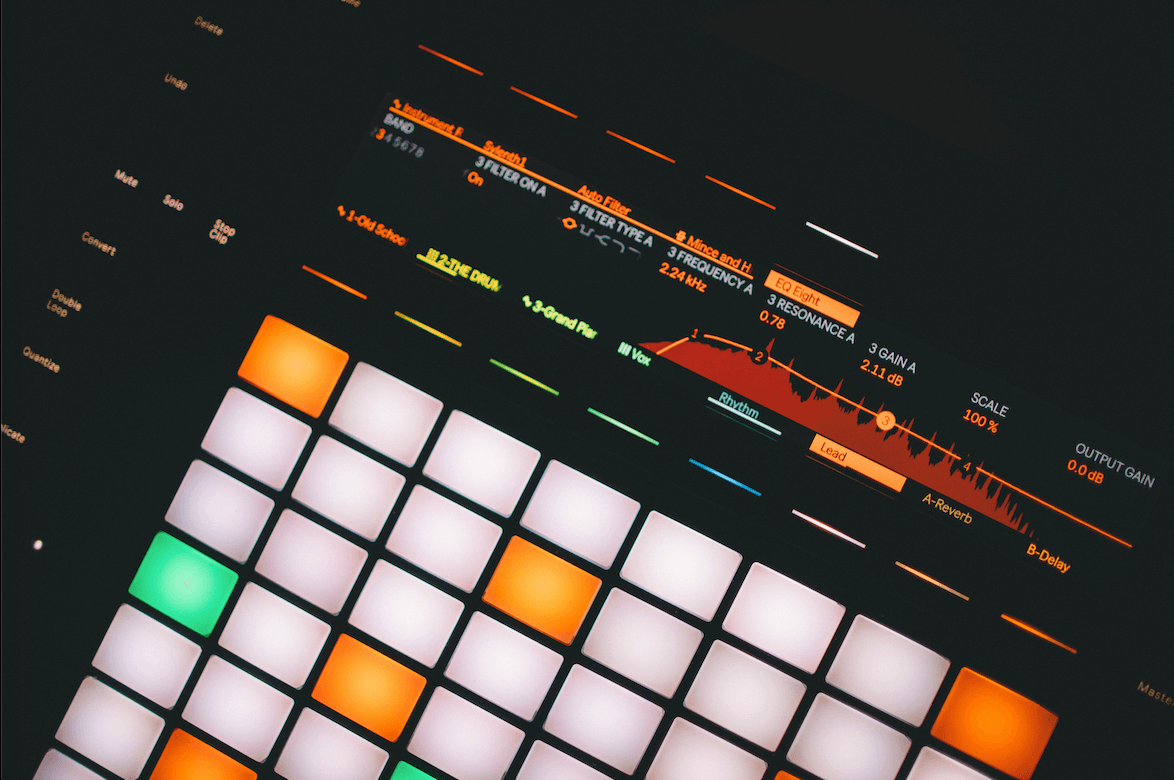
Since we’re making a Dance track, it’s a good idea to add a drop, before a crescendo to a full throttle hook section to get the dancefloor moving.
Creating a Drop is simpler than it might appear since you’re actually removing a lot of the track to create that sense of space and anticipation. Here, a quick trip back to the Converse Sample Library to grab an interesting Freda Payne ad-lib serves to add a new dimension and increase the energy.
PRO TIP
Try adding a hi-pass or low-pass filter to sections of the drop and automating it to gradually transition from fully passed to clean signal. This gives a sense of unwrapping, or peeling the sound, which lots of producers use to build anticipation.
Bring the band
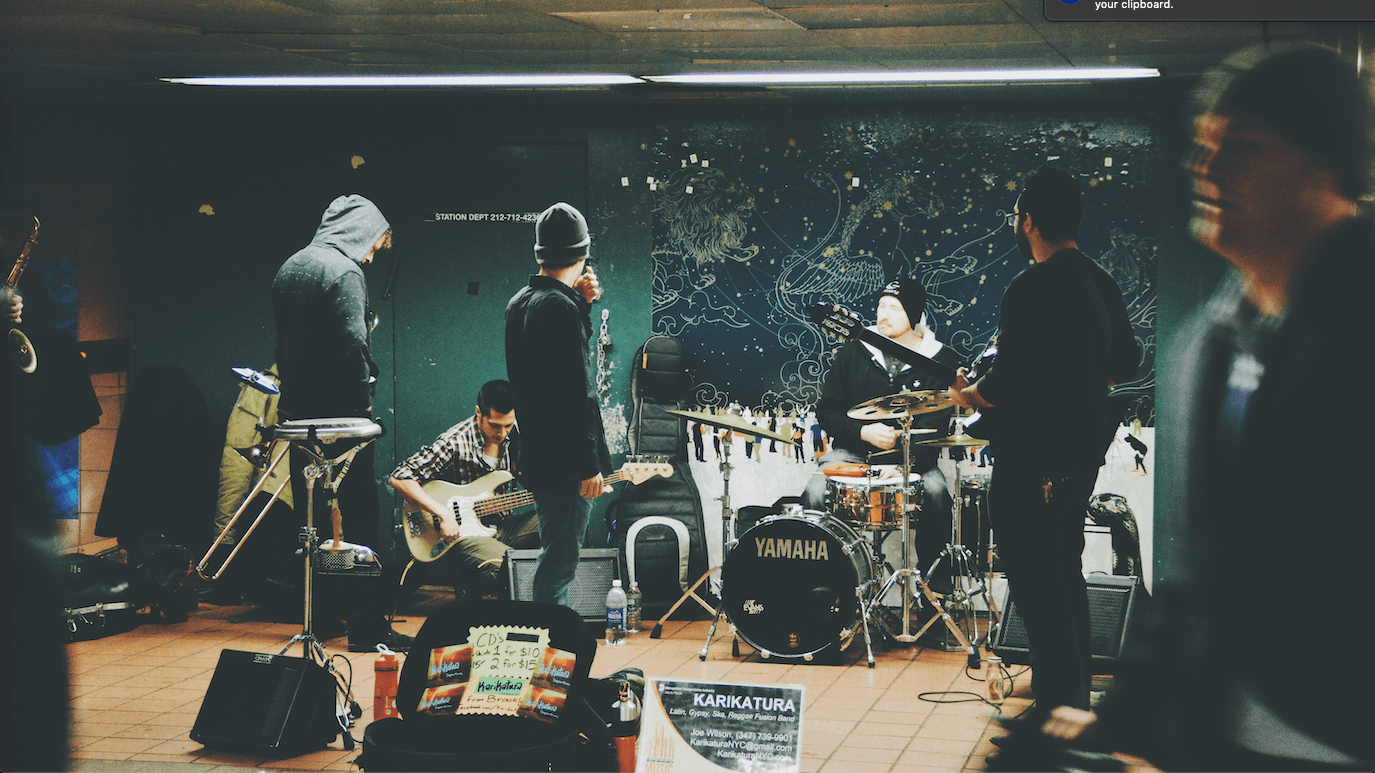
With great sounding guitar parts provided by Captain, some banging drums and our arrangement sorted, let’s add melody and bass to the track.
Open Captain Melody and it will prompt you to ‘Connect to Chords’. This feature ensures tonal compatibility between the melody and chords. The same applies when adding bass with Captain Deep, which we’ll get to shortly
With Melody running, we can now audition the hundreds of rhythm presets and performance styles until we’ve found some killer riffs to accompany the chord progression.
Bass in your Face
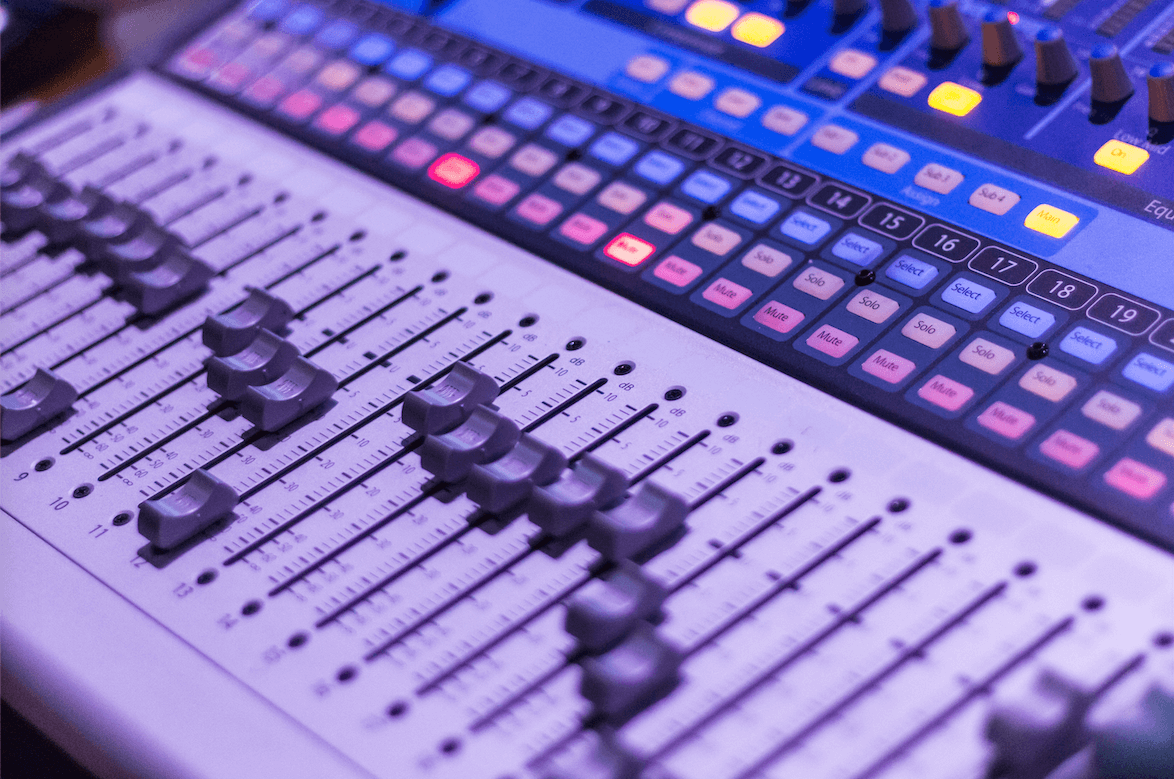
It’s the same with the bassline. Open Captain Deep, connect to Captain Chords and experiment with the multitude of preset rhythms. You can choose how the bass relates with the chord sequence and devise a killer line!
You can create different basslines and melodies to match different parts of the song, and then drag them to the DAW.
Killer Filler
One of the most fun parts of production is trying out different sounds and instruments with your MIDI clips. You can do this by routing Captain to your chosen synthesizer, or by adding a MIDI clip to a synth or sampler channel.
The MIDI clips created in Chords, Melody and Deep can be sent through almost any sound source – in this video routing the bass through a hardware analog synth turned up some really fat sounds!
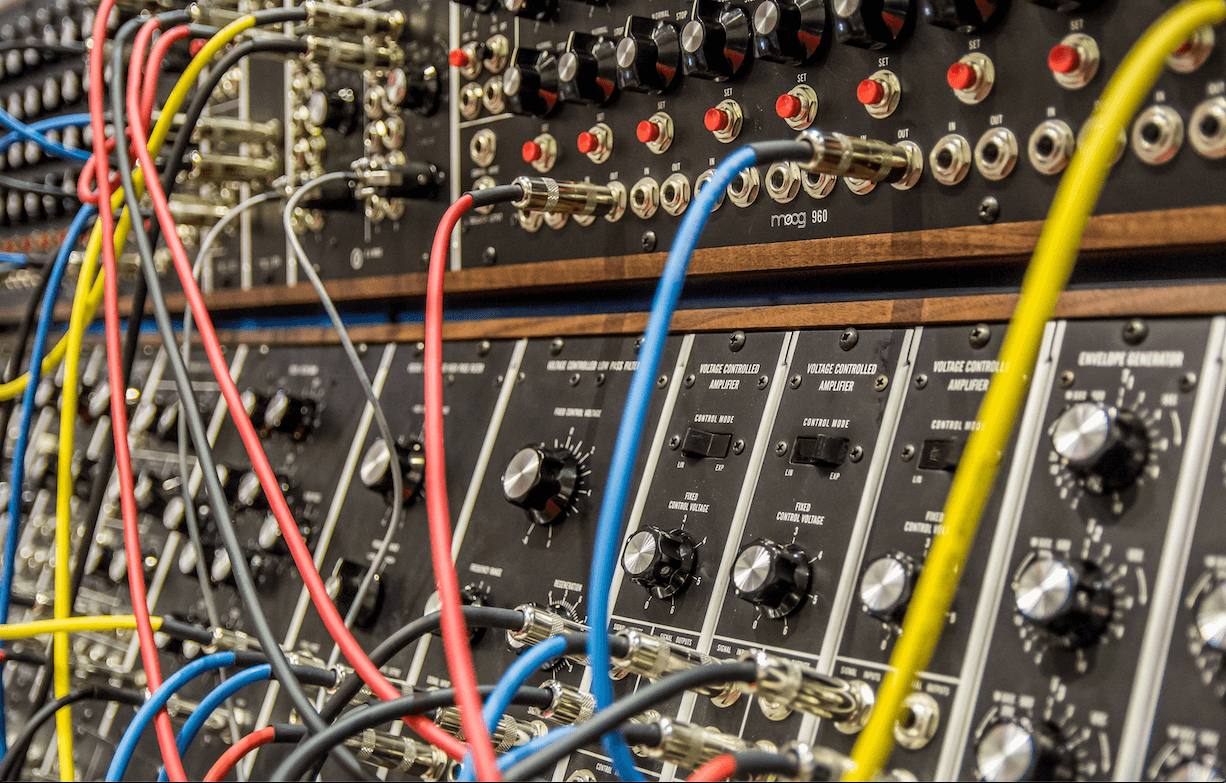
Ship-Shape
In a matter of minutes, we went from a blank canvas with a vocal sample to a full track. Captain Plugins provided the means to a faster workflow, yet the user retains total control of the sound. Give 100 producers the exact same starting tools and the same brief, and you’ll hear 100 different tracks!
Get your Captain Plugins today and start creating your own tracks!
It’s super easy to create your own ideas from scratch. Visit the official Captain Plugins and see how it will help you explore music and write your own original productions.
